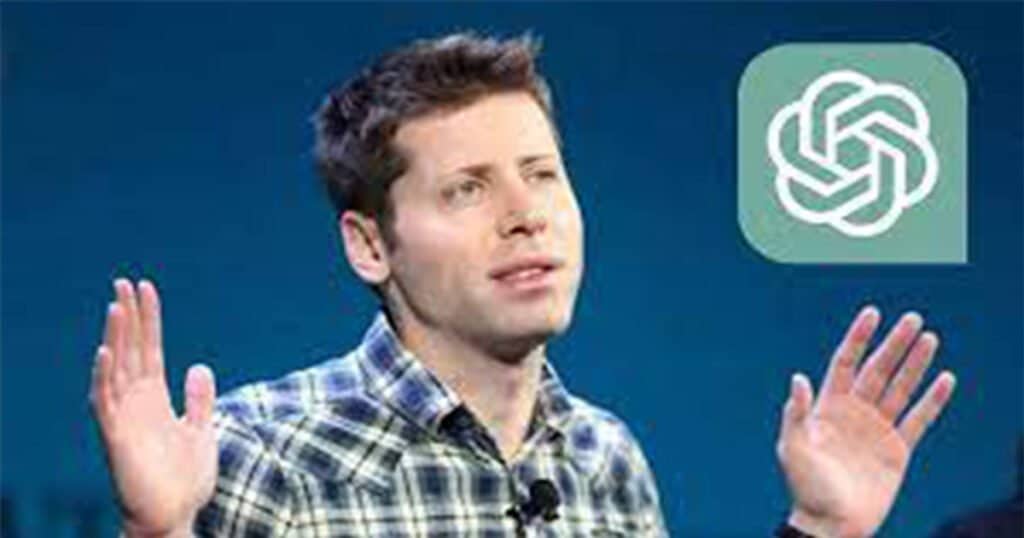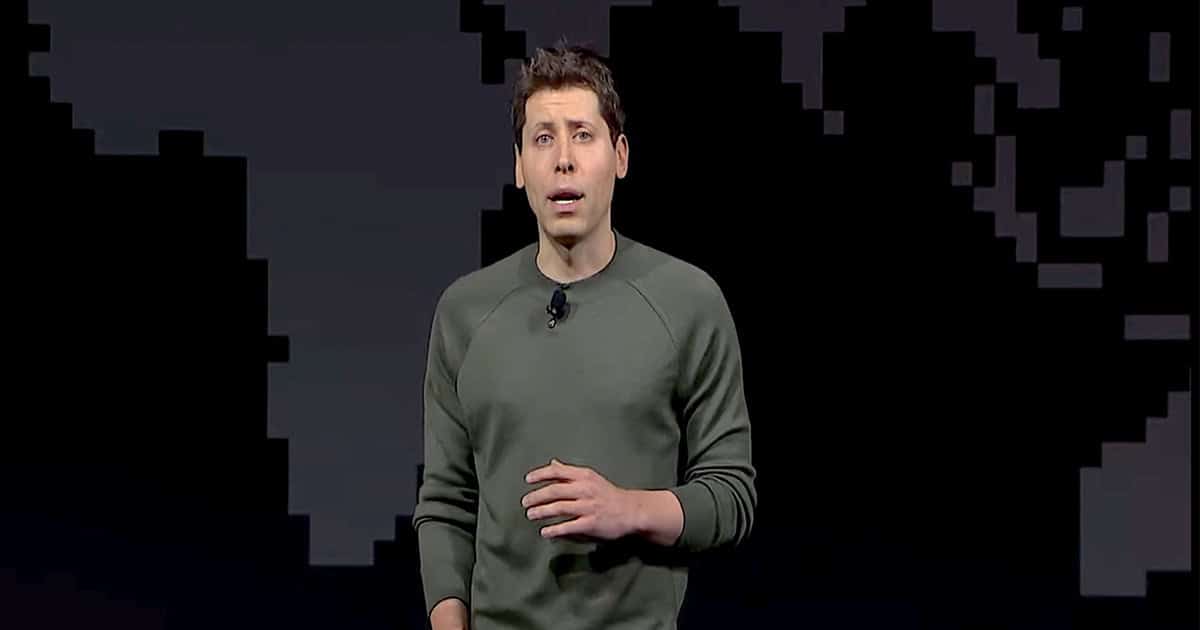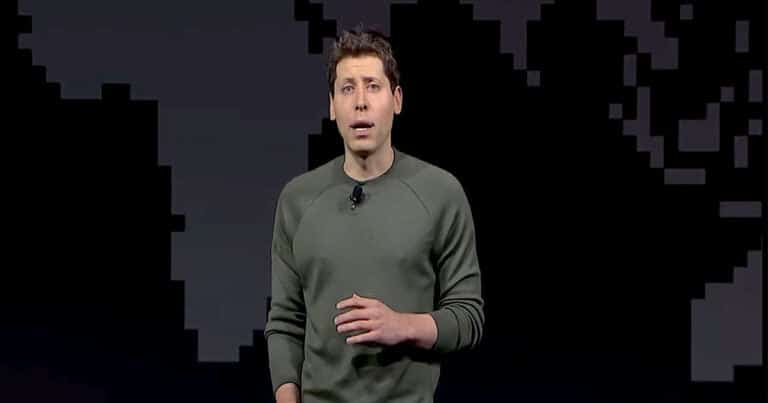In a surprising twist, Sam Altman is set to reclaim the helm at OpenAI, following a recent upheaval that saw him ousted as CEO. The announcement, made on Tuesday via a post on X, comes on the heels of an employee revolt, challenging the very foundation of the leading company in the burgeoning artificial intelligence industry.
The firm announced, “We’ve tentatively agreed for Sam Altman to resume the role of CEO at OpenAI, heading a reconfigured board.” Bret Taylor, former co-CEO of Salesforce, will preside over this revamped board, joined by prominent figures such as former Treasury Secretary Larry Summers and the current director Adam D’Angelo, who serves as the CEO of Quora. The collaboration is currently undergoing the finalization of finer details.
Sam Altman expressed his anticipation of returning to OpenAI in his own post on X, emphasizing building on the strong partnership with Microsoft, the primary financial supporter of ChatGPT, the company’s brainchild.
This development seems to quell the recent chaos within the AI industry, addressing not only the leadership dilemma but also broader discussions on the pace of AI technology development.
While the details surrounding Altman’s departure and reappointment remain unclear, tensions between Altman’s push for aggressive AI development and the cautious approach favored by the original OpenAI board members played a significant role in his initial removal.
Initially, Altman was slated to join Microsoft to lead a new AI research division, with Emmett Shear appointed as interim CEO. However, faced with a potential mass exodus of its entire staff threatening to leave for Microsoft unless Altman was reinstated, OpenAI had to reconsider its stance.
The return of Altman and his co-founder Greg Brockman to OpenAI appears to be a victory for both Altman and Microsoft. Altman regains leadership with a seemingly more supportive board, while Microsoft gains increased influence over the AI development powerhouse it has invested billions in.

Microsoft CEO Satya Nadella expressed optimism about the changes to the OpenAI board, calling it a “first essential step on a path to more stable, well-informed, and effective governance.”
Altman’s vision to expedite the release and commercialization of AI tools also seems to have prevailed. Despite his public caution about the risks of AI, Altman has been advocating for a faster market rollout and profitability within the company.
Recent initiatives, such as making ChatGPT tools accessible for public use and collaborating with Microsoft to integrate ChatGPT-like technology into their products, underscore Altman’s commitment to advancing AI technologies swiftly.
As the dust settles, Altman’s return signifies a renewed direction for OpenAI, with implications reaching beyond the company’s walls and resonating in the broader landscape of the evolving artificial intelligence industry.
FAQs:
1. Why was Sam Altman ousted as CEO of OpenAI in the first place?
- The specific details surrounding Sam Altman’s initial removal as CEO remain unclear. However, reports suggest that tensions between Altman’s advocacy for aggressive AI development and the cautious approach favored by the original OpenAI board members played a significant role in the upheaval.
2. What notable figures will be part of the new board as Sam Altman returns to OpenAI?
- The newly structured board at OpenAI, with Sam Altman returning as CEO, will be chaired by Bret Taylor, former co-CEO of Salesforce. Notable figures joining the board include former Treasury Secretary Larry Summers and existing director Adam D’Angelo, who is the CEO of Quora.
3. How did the potential mass exodus of OpenAI employees impact Sam Altman’s reinstatement?
- Faced with the threat of its entire staff leaving for Microsoft, OpenAI reconsidered its stance on Sam Altman’s leadership. The company announced an agreement in principle for Altman to return as CEO, indicating that the potential mass exodus played a pivotal role in reshaping the leadership dynamics at OpenAI.




